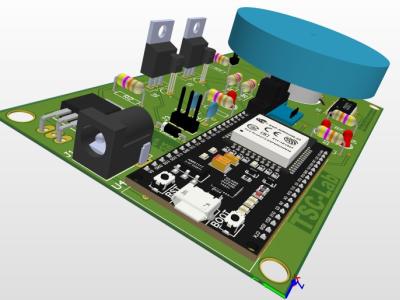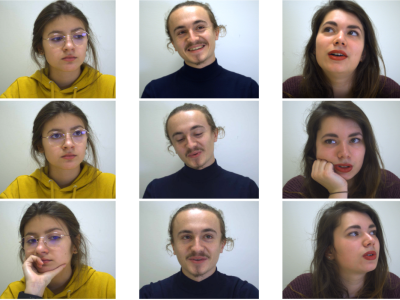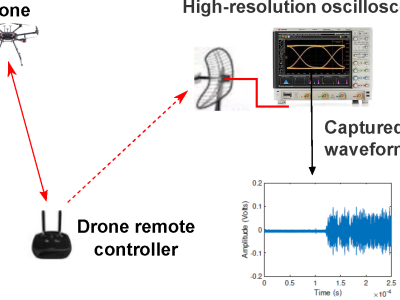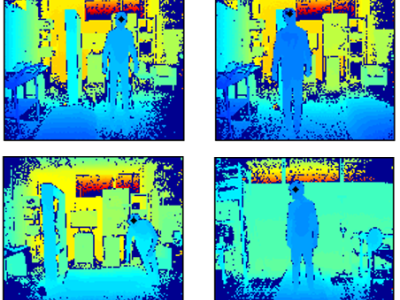Double Inverted Pendulum
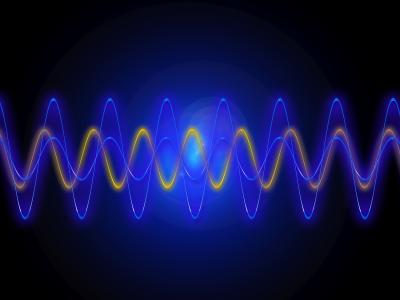
- Citation Author(s):
-
Muneeb Abbasi
- Submitted by:
- Muneeb Abbasi
- Last updated:
- DOI:
- 10.21227/djg5-4395
 176 views
176 views
- Categories:
- Keywords:
Abstract
Control system (Matlab Simulink) design of Full Order Observer, Full State feedback & LQR method for double inverted pendulum.
Tasks
1. Develop a Simulink simulation of the dynamics. Use the following state variables:
x1 = θ1; x2 = θ2; x3 = !1; x4 = !2
(Suggestion: Use the Matlab-function version demonstrated in class)
2. Develop a linear model, analytically (by assuming that the angles are small i.e, sin θ ≈ θ; cos θ ≈ 1, and that products of state variables are negligible) , and/or by the use of the Matlab function linmod. Find the open-loop poles of the system, i.e. the eigenvalues of the A matrix of the linearized model.
3. By the use of pole-placement, develop a full-state feedback control law to stabilize the pendulum vertically. Pick the closed loop poles to have approximately twice the magnitudes of the open-loop poles, but (of course) in the left half plane with a damping factor ζ of approximately 0.8. For your design, verify the robustness by comparing the Nyquist diagram with the ”Kalman forbidden circle”. Simulate the transient response for a small displacement from the balanced position.
4. By the use of the Linear Quadratic Regulator design method, find a full-state feedback control law, in which the state weighting matrix is diag(q1; q1; q2; q2) and the control weighing matrix is R = 1. Pick the weighting factors q1; q2 such that the closed loop pole locations are approximately the same magnitudes as those of Part 2. By use of a Nyquist diagram, show that the control law is robust. Simulate the transient response and compare with that of Part 3.
5. Suppose that only the angles, and not the angular velocities, are measured. Design a Kalman filter to estimate the state of the process, using only angle measurements. For robustness, make F = B and investigate robustness recovery. Simulate the transient response using the this Kalman filter as the observer together with the full-state feedback control law of Part 4.
6. Instead of the full-order observer of Part 5, use a reduced-order observer, with the poles located in the
vicinity of those of Part 5. Compare robustness and transient response
7. Using the 3D Animation toolbox, animate the simulation.
The final results should be submitted in the form of a report, discussing the methods you used and the results you obtained. Include graphs showing performance, robustness, etc. Present your report in the form of a technical paper offered for publication: in addition to the results, include words of explanation comparing the results of each task with those of other tasks. As an appendix, attach Matlab mfiles and model files that you used.
Instructions:
Install Matlab Simulink



